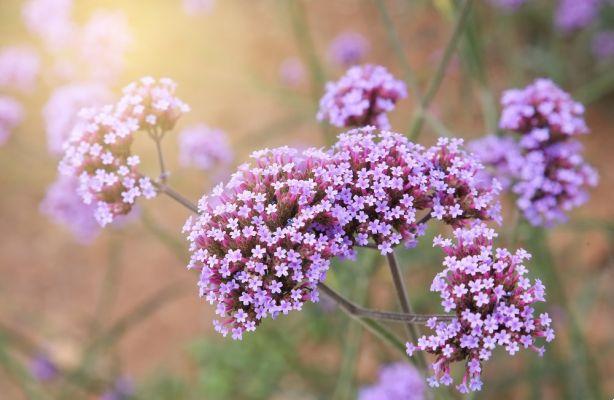Inflammation is the body's natural response when there is some kind of infection, disease, aggression or injury, and its main symptoms are heat, swelling, redness and pain, which can be chronic or acute. Chronic inflammation usually lasts for more than three months, while acute inflammation is short-term.
There are many medicines that treat the various inflammations that can occur in the human body - always with a doctor's prescription -, but there are also several plants in nature that have numerous medicinal properties that can benefit our body and assist in the treatment of diseases. Not that these plants can replace medicines indicated by doctors, but they help to relieve symptoms and help fight bigger problems.
Opting for natural treatments to reduce symptoms can avoid possible addictions and future problems caused by substances contained in medicines, since society tends to self-medicate when it feels any pain or physical discomfort.
Let's get to know anti-inflammatory herbs and their ways of use? Read on and see how nature can benefit your health!
Ginger
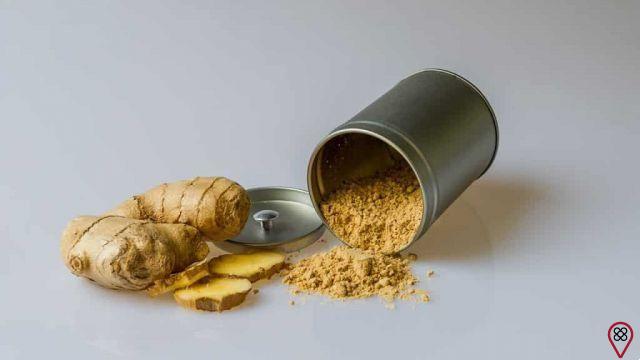
Native to India, ginger is often used in gastronomy and also has a great reputation in the field of natural medicine. This root has a chemical compound called “gingerol” – in its fresh version –, which acts directly on receptors and nerve endings, reducing pain and swelling from problems such as arthritis and other inflammations that cause the same symptoms. Ginger is a powerful anti-inflammatory, anticoagulant, vasodilator, analgesic, among many other attributes that its medicinal properties provide.
forms of use
Ginger can be consumed in the form of tea, flour, natural tablets, candies. But the most effective way to fight inflammation is with tea. Just cut 50 g of ginger, boil it for 20 minutes in 250 ml of water and drink it twice a day.
Contraindications: pregnant women, lactating women, people with gallbladder diseases and who use anticoagulant drugs.
Turmeric

Also known as “turmeric”, turmeric is native to Asia and belongs to the ginger family. Used mainly as a seasoning, it is a spice that has curcumin, which contains important anti-inflammatory, antioxidant, antibacterial, antifungal, antiscorbutic properties, among others that benefit the human body.
The anti-inflammatory action of curcumin is so powerful that it is able to overcome the action of ibuprofen and acetylsalicylic acid, according to a study published by the American journal Oncogene in 2004. The spice is still responsible for reducing the symptoms of irritable bowel syndrome and inflammation of the kidneys, in addition to alleviating stomach discomfort caused by overeating.
forms of use
Turmeric can be consumed in numerous ways: as a root, in capsules or powder. If you choose to consume it as a root, the recommended amount is one to two small slices per day. If you are going to consume it in powder form, make a tea with a tablespoon to 300 ml of boiling water – drink it at most once a day.
Contraindications: people with a history of allergies.
cayenne pepper
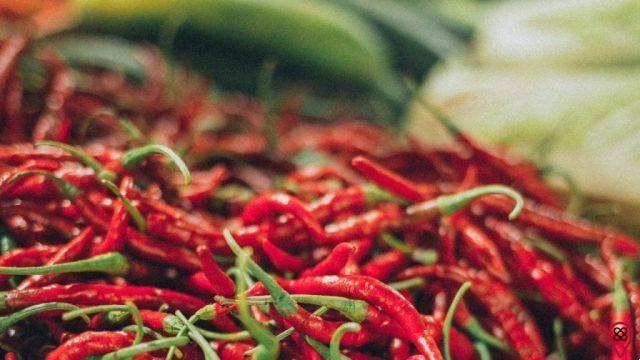
Popularly known as “dedo-de-moça”, the pepper originates from the Americas and is named after the city of Cayenne, in French Guiana. It is widely used as a seasoning, mainly in Mexico, India and the United States. This pepper has capsaicin, a compound responsible for its burning, which reduces inflammation, accelerates metabolism, improves digestion, has antiallergic action and prevents heart disease. This substance also hinders the activity of substance “P”, which is responsible for sending pain alerts to the brain. That's why cayenne pepper is recommended for people who suffer from muscle and joint pain.
forms of use
In addition to fresh consumption in cooking, you can make an ointment with 2 tablespoons of cayenne pepper and half a cup of coconut oil or cocoa butter tea. Just mix the ingredients well and gently massage the area.
Contraindications: pregnant women, lactating women, diabetics and people with stomach problems should not consume cayenne pepper without medical advice. Test by placing a small amount behind your ear and do not use if you have a reaction.
Basil
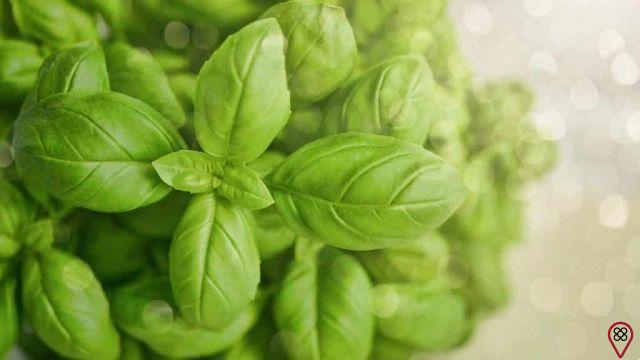
A plant native to Africa, Asia and India, basil is widely used as a spice in cooking, but has been used as a medicine since ancient times. It has anti-inflammatory properties that provide iron, calcium, copper, manganese, omega 3 and vitamins A, C and K. Responsible for reducing swelling, improving the immune system, oral health and helping to treat stomach diseases, basil it can even reduce stress. It also reduces the swelling of arthritis and has a similar action to the main anti-inflammatory drugs.
forms of use
Basil can be consumed fresh in salads or in tea. To make a tea from this plant, just take 10 leaves and infuse in 300 ml of boiling water. Drink the tea twice a day.
Contraindications: pregnant women, lactating women and children under 12 years old.
Salsa

A very common spice in Spain and rich in several vitamins, parsley is an original plant from the Mediterranean and has a substance called luteolin, responsible for its anti-inflammatory action. In addition to fighting inflammation, parsley improves digestion and skin health, as it contains antioxidants, fights urinary tract infection, prevents stroke and thrombosis, prevents blood clots, stimulates kidney cleansing, combats fluid retention, among others. many other health benefits for the body – it also prevents anemia, as it contains a high content of iron and folic acid. Its tea helps prevent rheumatoid arthritis and osteoarthritis.
forms of use
Parsley has its anti-inflammatory power redoubled if consumed with asparagus during food. Just add a few sprigs of the herb to your plate! To make the tea, take a bunch of parsley and chop the amount corresponding to 2 level tablespoons. Boil it in 500 ml of water for about five minutes. Then cover the pot for 15 minutes, until the tea is lukewarm, and drink it. Consume the tea twice a day for a maximum of two weeks.
Contraindications: pregnant women, women with heavy menstrual flow, diabetics, kidney patients, allergy sufferers and people with low blood pressure.
whaling grass
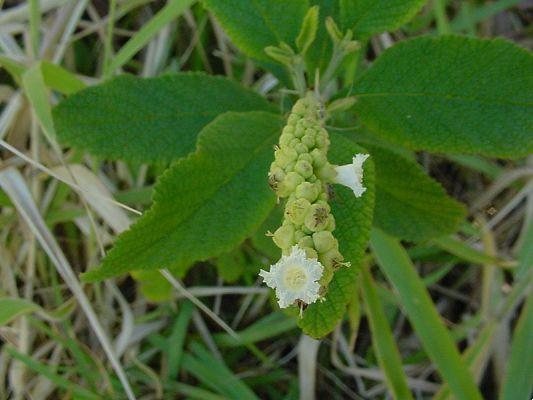
Famous for being a natural anti-inflammatory, baleeira is native to the Atlantic Forest. This plant has medicinal action that helps in the treatment of bruises, spinal or muscle pain, rheumatism, gout, arthritis and several other inflammations. Also considered a great antiseptic, whaling herb acts as an analgesic and healing agent.
forms of use
The best thing is to make a compress of whaling herb concentrate on lesions that need healing or that are in the process of inflammation. Just boil 10 leaves in 200 ml of water and clean the desired place with this tea. Massages with gel and cream of this herb are also very effective.
Contraindications: there are no records.
Artemisia

Artemisia is a plant native to the Balkan Peninsula that contains very important medicinal and anti-inflammatory properties. It has substances that block the production of prostaglandins - substances responsible for inflammation in the body. Its anti-inflammatory properties are superior to those of the so-called “non-steroidal anti-inflammatory drugs”.
forms of use
This plant can be consumed in capsules of dry leaves or in the form of tea in order to act in the fight against inflammation. For tea, just boil 1 tablespoon of mugwort in 500 ml of water and drink it twice a day.
Contraindications: Pregnant women, lactating women and people taking anticoagulant drugs should seek medical advice. For the general public, the recommendation also applies.
Mauve
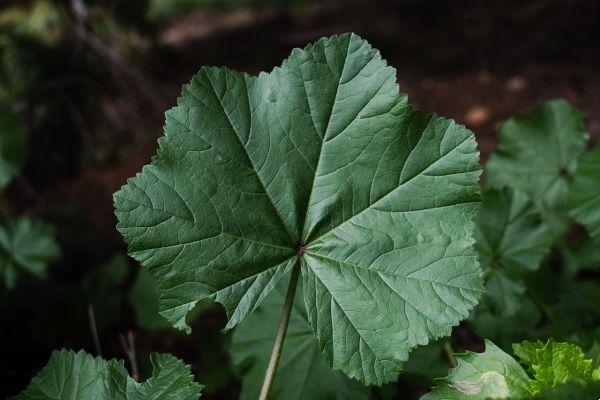
Native to the south of Spanish territory, mallow has medicinal properties that treat oral inflammations, such as periodontitis and gingivitis. This plant is able to reduce the molecules that cause such inflammation, in addition to reducing symptoms such as pain. The mallow also treats various infections, canker sores, bronchitis, pharyngitis, among others.
forms of use
In this case, mallow acts powerfully when consumed in tea four times a day. Just put 2 tablespoons of mallow in a cup of boiling water. Then keep the infusion for 10 minutes, strain and drink.
Contraindications: pregnant and lactating women.
Licorice
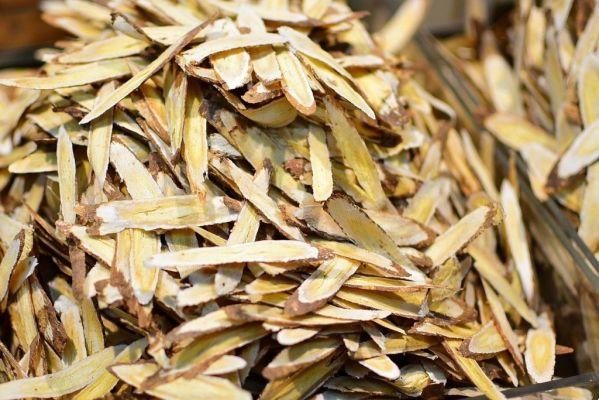
Belonging to the legume family, licorice is native to Asia and Europe. It is sweeter than sugarcane and is an important anti-inflammatory among medicinal plants. It acts to reduce muscle stiffness and pain, relieve rheumatoid arthritis from polymyalgia rheumatica, and is also effective in treating mouth inflammation.
forms of use
It is customary to consume licorice in tea, in a simple and quick way: add a tablespoon of licorice root in 700 ml of boiling water. Let it rest for 15 minutes, strain and drink once a day.
Contraindications: pregnant women, lactating women, people with kidney problems and hypertension.
Boswellia
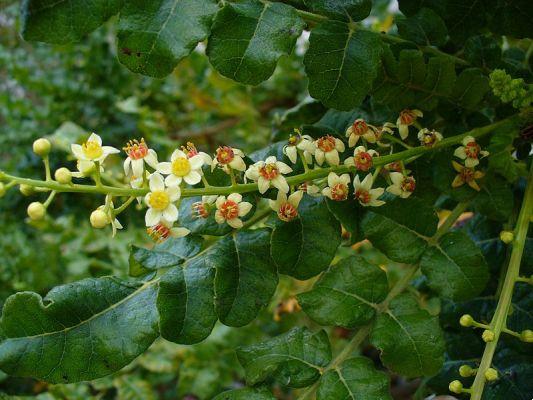
This powerful anti-inflammatory is known as “Indian incense” and originates from India and Saudi Arabia. Boswellia is widely used in Ayurvedic medicine, but it is also considered a natural remedy by many people who seek to treat diseases such as colitis, digestive inflammation, osteoarthritis, among other inflammatory problems.
forms of use
This herb is found in capsule form and has no indications for consumption through tea. Its use is usually indicated by herbalists, but it is usually consumed between 450 mg to 1,2 g per day, divided into three daily doses.
Contraindications: People with gastrointestinal problems should consult their doctor.
white willow

White willow is a species of plant that grows in cool, temperate climates. Its bark has anti-inflammatory, analgesic, anticoagulant, detoxifying and astringent properties. Its main use is for the relief of headaches, rheumatic, muscular, menstrual, fibromyalgia and sciatica pains. It has an effect similar to that of aspirin when there is a fever and does not usually cause digestive discomfort. It is also considered a natural sedative, as its tea has a calming effect and promotes drowsiness, and can be used to treat skin or mouth infections and throat inflammation.
forms of use
White willow is consumed as a tea made from its bark. Put a tablespoon of chopped husks and 300 ml of water in a pot and boil for 10 minutes. Let cool, strain and drink once a day.
Contraindications: pregnant women, people allergic to aspirin or people with gastrointestinal diseases such as gastritis, ulcers, reflux, diverticulitis, among others.
Cat nail

A native plant from the Amazon, cat's claw is considered a powerful anti-inflammatory in the treatment of nerve endings and tissues. In addition, it has decongestant, bactericidal, cytostatic properties, among others. This plant still acts as an intestinal and renal detoxifier, being used as a remedy for fistulas, gastritis, colitis, ulcers, Crohn's disease, etc.
But be aware: there are two species of cat's claw that are medicinal, Uncaria guianensis and Uncaria tumentosa. Don't confuse either with the Ficus pumila plant, which is also called cat's claw, but is highly toxic.
forms of use
Cat's claw is consumed in the form of tea. Just boil 20 g of plant roots and bark in 1 liter of water for 15 minutes. Then let the tea rest for another 10 minutes, strain and drink. It is recommended to consume it every eight hours, between main meals.
Contraindications: pregnant women, lactating women, people allergic to the plant or who have autoimmune diseases.
mastic
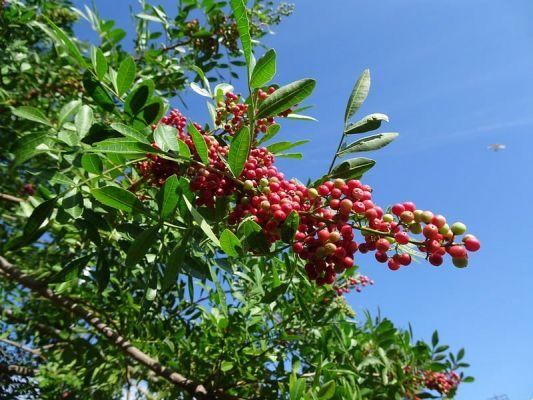
The mastic tree is native to Peru, and its natural properties have been known for a long time by the resident Indians of South America. Currently, it is known for its anti-inflammatory power, causing joint and muscle benefits. In Spain, it is one of the plants that are on the list of medicinal plants of the SUS (Sistema Único de Saúde), specifically indicated for the treatment of infections caused by fungi or candida.
forms of use
The main use of this plant is external. Its essential oil must be mixed with a little vegetable oil to massage in arthritis or osteoarthritis treatments – as well as joint trauma.
Contraindications: pregnant women, nursing mothers and people with sensitive skin or gastrointestinal problems.
Green tea
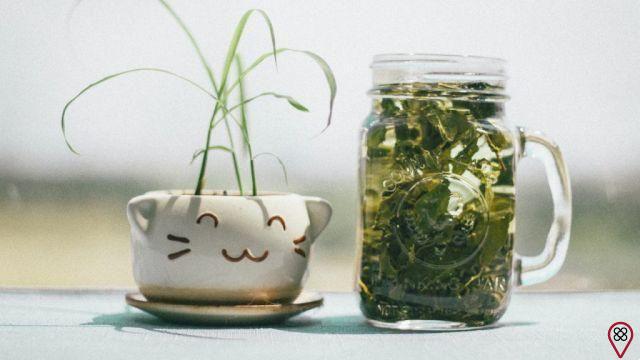
Originating in China, green tea has numerous anti-inflammatory and antioxidant properties. Considered a great analgesic and anti-inflammatory, its infusion is very effective in the treatment of various diseases, such as diabetes and inflammation, reduces the risk of heart disease, cancer, promotes better physical performance, in addition to causing many other benefits to our health.
forms of use
It is customary to consume tea from this plant, which should be done as follows: add a tablespoon of green tea in 200 ml of boiling water and let it infuse for 10 minutes. Strain the tea and drink it one to three times a day.
Contraindications: pregnant women, people with kidney, cardiovascular or liver diseases.
Sage
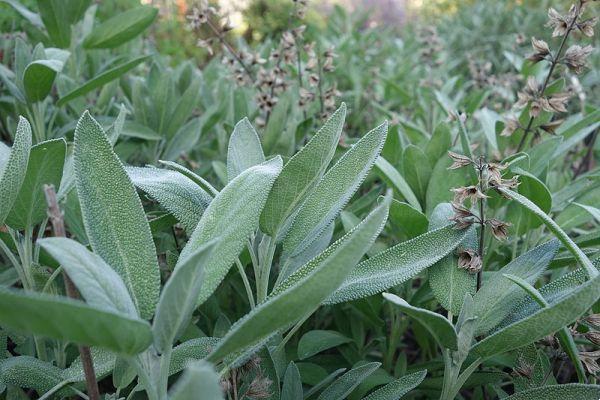
Originally from the Mediterranean region, Sage is a medicinal plant famous for having great anti-inflammatory and anti-rheumatic action, acting in the prevention of diseases and muscle, joint and bone pain, and also for being digestive and healing. Extremely rich in vitamins, it is used as a spice in cooking and has been used as a natural remedy since the Middle Ages.
forms of use
In addition to being consumed as a spice, the most common mode of consumption of sage is in the form of tea. Just boil 4 sage leaves in 300 ml of water and drink it once a day.
Contraindications: pregnant women, lactating women and people with liver disease.
cloves
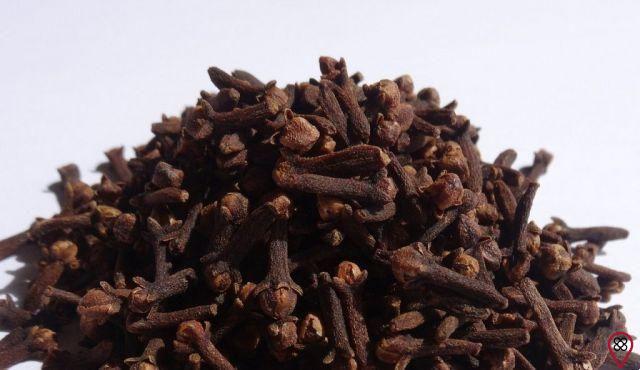
Clove, or clove, is native to Indonesia and is considered an effective medicinal plant in relieving infections and various pains. In addition to having anti-inflammatory properties, clove is rich in several nutrients and has antimicrobial action, acting directly against bacteria such as staphylococci and fungi.
forms of use
Cloves can be used in natura in culinary recipes or in teas, creams, oils and the like – it all depends on your intention when consuming it. To benefit from its anti-inflammatory powers, simply make a tea with a teaspoon of cloves and a cup of boiling water. Let it infuse for 15 minutes and drink twice a day.
Contraindications: pregnant, lactating, people with sensitive or allergic skin.
Arnica

Arnica is a plant native to the mountains of Siberia and Europe, long used in alternative medicine to treat inflammation and pain from numerous diseases. It is used for the relief of muscle aches, bruises, swelling and joint pain, as well as inflammation. Arnica has anti-inflammatory, healing and analgesic properties, among others.
forms of use
For pain relief, arnica should never be taken orally. To benefit from its properties, apply arnica gel to the sore spot. In general, it is not recommended to ingest this plant, as excessive doses can be fatal.
Contraindications: pregnant women, lactating women and children under 12 years old.
barbatimão
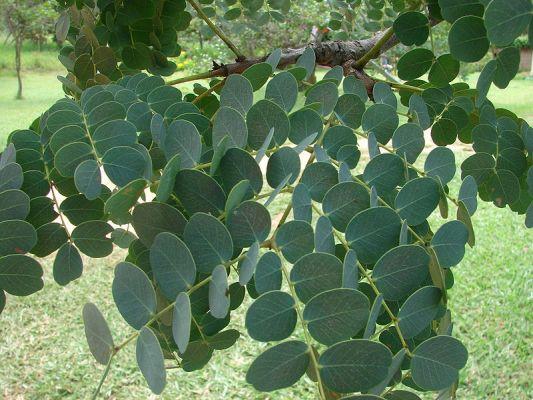
Barbatimão is a native plant of the Spanish Cerrado, found in states such as Goiás, Mato Grosso, Minas Gerais, among others. Also known as true barbatimão or ubatima, this plant is used to treat wounds, burns, bleeding, swelling, sore throats, among other problems. In addition, barbatimão is also effective in the treatment of diseases such as malaria and diabetes because it contains anti-inflammatory properties.
forms of use
Barbatimão can be used in different ways: in cream, in tea, in soaps or in sitz baths. To consume your tea, just put 20 g of barbatimão leaves or bark in a liter of boiling water and let it rest for 10 minutes. Then strain and drink it three to four times a day.
Contraindications: pregnant women, lactating women and people with diseases of the digestive system.
Savannah cotton

The cotton-do-cerrado or cottonzinho-do-cerrado is a native plant of the Spanish cerrado famous for its anti-inflammatory, analgesic, antimicrobial, antipyretic, purgative and antidysenteric properties. It is commonly used for uterine inflammation, for the treatment of rheumatism, constipation, fever and various infections.
forms of use
The most common way to use cotton wool is in tea: add a teaspoon of root powder to 300 ml of boiling water. Let it infuse and drink once a day.
Contraindications: pregnant and lactating women.
Rosemary
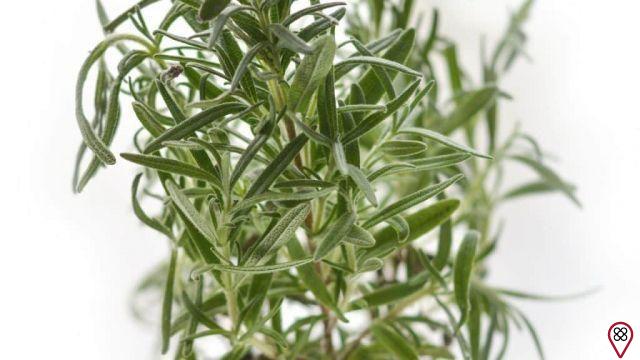
Famous extremely aromatic spice, rosemary is an herb native to the Mediterranean region. Widely used in cooking, it contains numerous medicinal properties that improve the health of our body. It has anti-inflammatory properties, antioxidants, various nutrients and helps to reduce inflammation and pain caused by them.
You may also like
- Ginger health benefits
- Ginger rice: anti-inflammatory properties on your menu
- Strengthen immunity naturally
- Avoid these teas if you are pregnant!
forms of use
Rosemary has many uses: oil, soaps, creams, tea, food, etc. To make rosemary tea, boil 1 small branch of the plant in 300 ml of water for five minutes. Let it rest for another 10 minutes, strain and drink once a day.
Contraindications: pregnant women, nursing mothers, people with diarrhea or children under 12 years old.
Did you see how there are countless plants with properties that can promote us much more health in a natural way? It is worth mentioning again that looking for a doctor is very important! If you think you have any inflammation or infection, look for a specialist to monitor your symptoms and always let him know everything you use to treat what you feel!
Attention: herbs are no substitute for any medicine.













